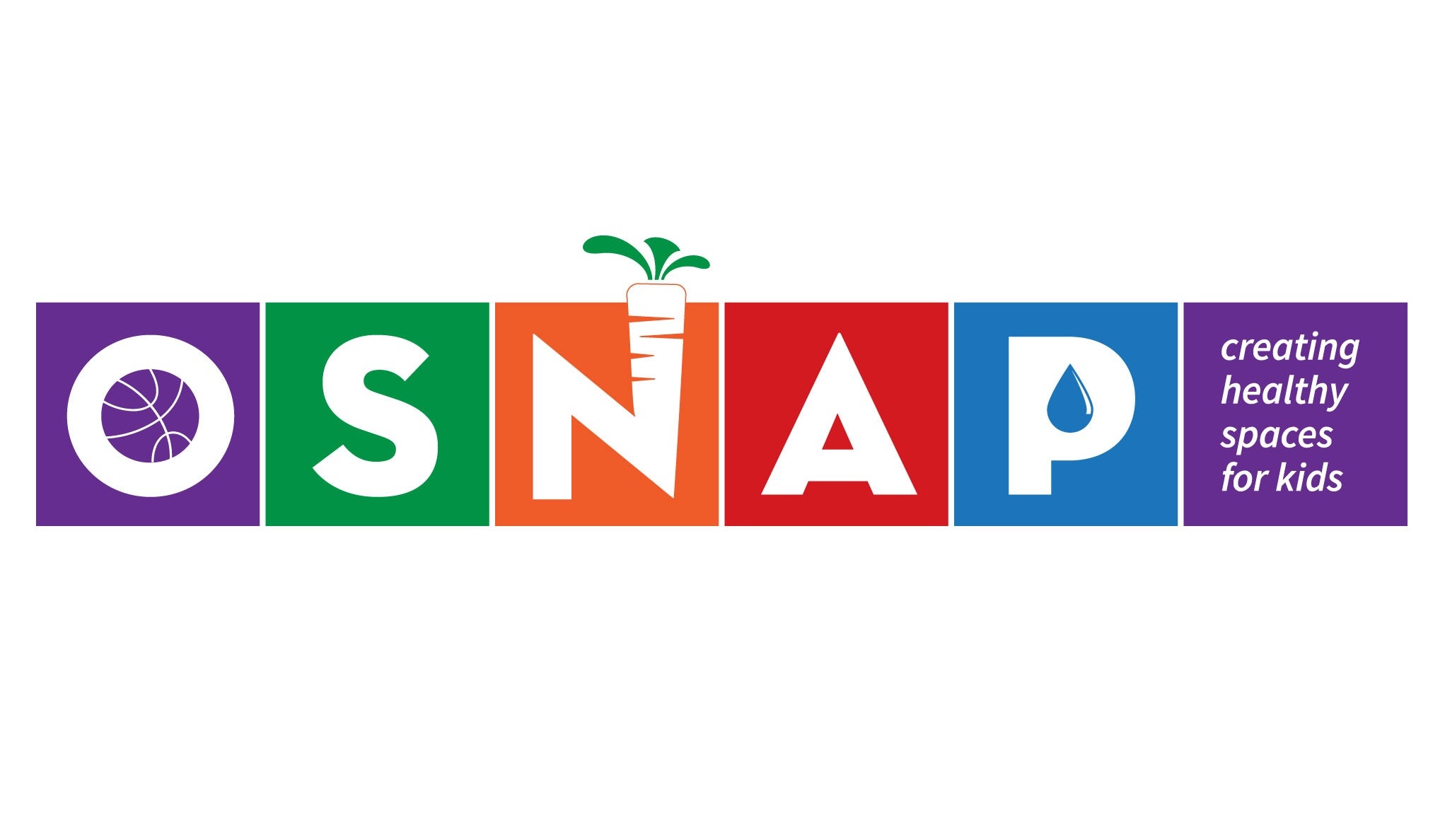
Out-of-school time programs are supervised settings that school-aged children regularly attend when school is not in session. They include before- and after- school programs; specialty programs (sports teams, STEM); and other programs providing various activities (Boys and Girls Clubs, YMCA, 21st Century Community Learning Centers, etc.) With 7.8 million U.S. children attending afterschool programs in 2020, these are key settings for improving children’s food and beverage intake, providing physical activity opportunities, and limiting TV exposure. [1]
Healthy Eating Outside of School
Improving the quality of children’s snacks offered during out-of-school time could positively impact children’s health by increasing the intake of healthier food and beverages, such as fruits, vegetables, whole grains and water. Snacks account for 27% of total calorie intake among youth, and most frequently consist of grain-based desserts, salty snacks, sweets, and sugary beverages, which are associated with increased obesity risk. [2,3]
Snacks and beverages that children bring to afterschool programs are usually less healthy than snacks served from federal reimbursable meal programs such as the National School Lunch Program, Child and Adult Care Food Program, and the Summer Food Service Program. [4,5] Policies limiting non-program snacks and/or sugary beverages being brought in for snacks could improve the nutritional quality snacks during out-of-school time.
Best practice guidance for healthy eating during out-of-school time
- Provide healthy food and beverage choices consistent with the federal reimbursable meal programs [6,7]
- Do not allow children to bring in their own snacks to afterschool programs
- Serve a fruit or vegetable at every snack
- Serve water at every snack and meal, and make sure it is available at all times
- When serving grains for snack (like bread, crackers and cereal), serve whole grains
- Serve water instead of sugary drinks at every snack or meal
- Limit juice servings to 4 ounces of 100% juice

Key resource
Physical Activity
Encouraging students to be physically active during out-of-school time can help promote health and well-being. Before- and after-school programs as well as physical activity clubs and intramural/extramural sports are important components of a comprehensive approach to increase physical activity.
In addition to physical activity programming during out-of-school programs, walking and biking programs encouraging active transport to and from school is another method of increasing physical activity among children.
Best practice guidance for physical activity during out-of-school time
- Provide children with at least 30 minutes of moderate to vigorous physical activity every day
- Offer at least 20 minutes of vigorous physical activity on 3 or more days per week
- Offer physical activity opportunities including competitive and non-competitive activities
Screen Time
Excess TV viewing can lead to overeating and a higher risk for becoming overweight because when children watch TV, then tend to snack more and see advertising for high-calorie, high-sugar foods like candy, soda, and fast foods. [8] Limiting screen time and television with advertisements during out-of-school time promotes healthy environments for children.
Best practice guidance for screen time during out-of-school time
- Eliminate broadcast and cable TV or movies, and limit computer and digital device time to educational or instructional only
Out-of-School Time Staff Training
Trainings and professional development in the areas of healthy eating and physical activity will ensure that staff are adequately trained to support healthy behaviors among youth participating in out-of-school programs.
Best practice guidance for staff and education curriculum for health promotion in out-of-school time
- Staff receive training on the role of healthy eating, physical activity, and social supports for healthy behaviors at least once per year, and new staff are oriented and trained on this information upon hire
- Staff model and promote healthy eating and physical activity
- Program uses a curriculum that is grounded in science such as CATCH Kids Club, YMCA’s Food and Fun After School, or OSNAP.
Related
- Healthy Food Environment
- Active Communities
- Healthy Schools
- Healthy Child Care Settings
- Packing a Healthy Lunchbox
- Kid’s Healthy Eating Plate
Last reviewed March 2024

